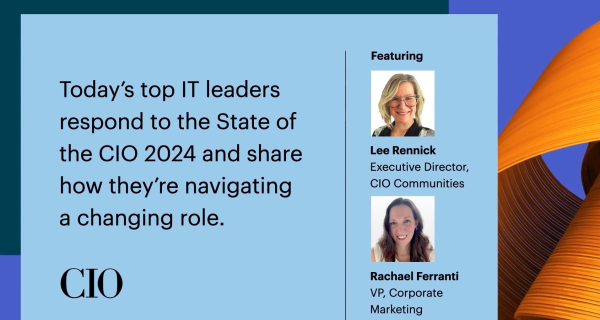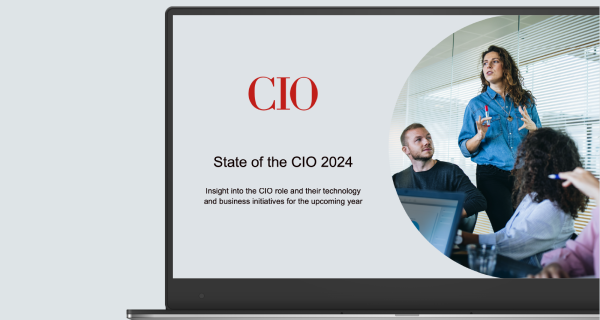As strategic influence continues to flow towards the CIO, so follow the LOB dollars. For tech vendors, that means it’s time to evolve their CIO marketing messaging.
We witnessed a major shift in recent years, when companies in every industry from retail to real estate, higher ed to hospitality all began declaring, “We are a tech company first and foremost.”
As consumers evolved to expect digital, self-serve journeys from every company they interact and do business with, brands across industries had to reimagine the customer experience and in many cases redefine their core value proposition to align with a technology-first landscape. And with that, we saw the role of the CIO catapulted to the forefront of their company, asked to lead business transformation and innovation to comply with new customer expectations.
Among other developments to their role, this fundamental shift means that the CIO is now required to be not just more involved with their line of business colleagues’ objectives, but setting many of LOB’s initiatives as well. As my colleague Lee Rennick, Executive Director of CIO Communities for Foundry, notes, this new purview for the CIO is a far cry from the portrayal in the noughties-era sitcom The IT Crowd when tech support mainly consisted of troubleshooting “from the basement.” Today’s CIOs, she said, are focused on building a global organization and orchestrating the business.
“I think a really substantial thing that’s happening,” said Lee, “is that 79% of CIOs feel that they have an educational remit with their CEO and board of directors—and every time I ask that question, I get CIOs shaking their head saying ‘yes, 100%, that’s right.”

With this digital-physical convergence, now our products, services, & delivery channels are through technology. You’ve gone from being a cost center to the primary asset of the business.
From cost center to primary asset
Lee’s CIO Leadership Live guest, Mastercard President and CTO Ed McLaughlin, explored what this tech-company-first evolution meant for IT executives.
“Where most companies used to have products that were supported by technology, and it [the IT function] was more of a back office,” Ed tells Lee, “with this physical-digital convergence, with this digitization of everything, now our products, our services, our delivery channel to our customers is through technology. So you’ve gone from being a cost center to the primary asset of the organization.”
They went on to discuss how this shift changed the obligations of senior tech leaders in today’s organizations.
“The only way you can truly have a strategy and map out the way forward in this progressively digitizing world,” Ed says, “is if you have that deep and profound understanding of what the business is trying to accomplish, and how the technology actually works. Our obligation to the company is because we’re the folks who understand how it works.”
Increased CIO buying power is a call-to-action for vendors
With their elevated position comes greater budgetary influence as well. This year’s State of the CIO found that 70% of CIOs expected departmental tech budgets to shift under IT this year—meaning that vendors enabling every department from sales and marketing to operations, HR, and finance now must strongly consider how they’re marketing to the office of the CIO.
“When things get off the whiteboard and somebody has to actually do something, that’s us,” says Ed of the tech leader’s essential role in implementing technology to achieve the business’ or department’s desired outcomes. “It’s our role and responsibility to think on both sides of the equation—there’s really no other job in the business that does that.”
When I asked Lee if today’s senior tech leaders had to be part accountant, part marketer, part human resources officer, part fill-in-the-blank, she said absolutely—and something that vendors need to react to if they’re looking to make inroads with the buying team.
“For anyone that’s marketing to the CIO,” said Lee, “you want to make the assumption that they really are delving into the business part of their work.”
And for anyone that’s not marketing to the CIO, this is your sign to change that, because today’s CIO is not just supporting but orchestrating the business end-to-end—through their expertise, their advisory function, and now more than ever through their dollars.
To learn more about the growing reach of the CIO across the business and the impact on tech vendors, download the 2024 State of the CIO today.




